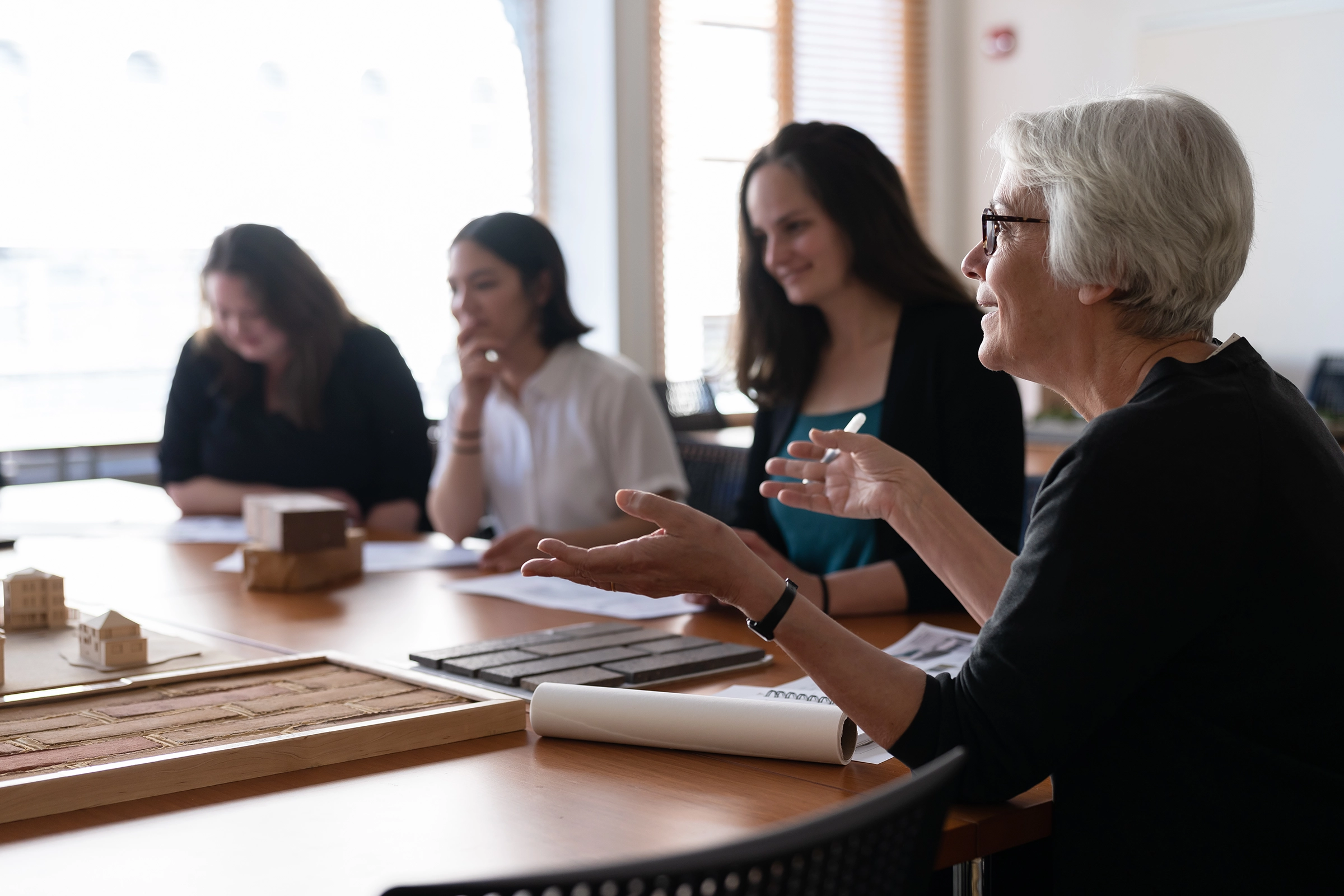As architects focused on designing spaces for education and research, we are keenly interested in how the built environment can further the pursuit and application of knowledge. Such knowledge growth is the key to understanding our world and finding solutions to our most complex and vexing problems.
We are inspired by the 2011 White Paper “The Third Revolution: The Convergence of the Life Sciences, Physical Sciences, and Engineering.” Written by an interdisciplinary group of research scientists from MIT, the paper advanced “a new paradigm that can yield critical advances in a broad array of sectors, from health care to energy, food, climate, and water.” Among the paper’s most important calls to action was for these ideas to form a “blueprint for innovation.” The authors called for the National Institutes of Health (NIH) and other agencies to “take up convergence as the wave of the future, creating dramatic new opportunities in medicine [and] many other scientific fields, from energy to climate change to agriculture.”
In the 13 years since its publication, this paper has had a profound impact on scientific research. Research funding from NIH and the National Science Foundation (NSF) has shifted to support interdisciplinary teams addressing humanity’s most pressing problems. Awareness of the lack of diversity within the scientific community has also increased—as have efforts to amend patterns of exclusion, diminishment, bias, and discrimination. During their symposium “Endless Frontier 2022: Transforming Research and Higher Education Institutions in the Next 75 Years,” the National Academies of Science, Engineering and Medicines identified the following as four crucial principles by which institutional structures must be reconsidered:
- Diversity: welcoming all people, perspectives, and ideas
- Connectivity: collaborating to promote permeability and encourage the dissolution of obstacles
- Resilience: adapting quickly and responding flexibility to challenges and changing demands
- Engagement: encouraging passionate, motivated participation within institutions and beyond

Goody Clancy believes in Design that Drives Discovery, and in empowering education institutions to become the very best version of what they can be: places where people are free to strive, wonder, imagine, and unlock human potential.
We feel that convergence in the sciences can be amplified by the spaces in which discovery takes place and the design processes from which that architecture results. To that end, our Science + Technology Practice has developed Convergence Design, a practice approach that is inclusive, equitable, and diverse:
- We start by intentionally creating an inclusive, welcoming setting for our collaboration to take place. As we sit down to our work, we ask, “who’s missing from this table?” and consider, with our clients, whether there are other voices and perspectives that we can include.
- We place emphasis on listening and learning about our clients’ goals. We enjoy hearing about what they would like to achieve and welcome open discussion about perceived obstacles. We encourage visiting recently completed projects that may share aspirational or physical similarities, as observation is crucial in gaining awareness and new insight.
- We then work to form initial creative ideas, often radically different from one another, and use these ideas to fuel discussion. We welcome feedback from client teams and consider all constructive comments helpful; we learn as much from what isn’t liked as we do from what is.


- We evolve these initial ideas to form concepts we call “prototypes.” Prototypes can be combined with other ongoing investigations (e.g., infrastructure re-investment, campus planning, sustainability, social justice, institutional branding/identity, pedagogy, research ambitions, etc.). This is an essential part of the Convergence Design process: embracing complexity with creativity.
- Through concept development, we explore the potential for shared methodologies to drive adjacencies and systems design, and we test the possibility of increasing permeability in boundaries through enhanced visibility, communal meeting places, and experiential zoning.
- We measure the success of our ideas by whether spaces, organizational strategies, and material experiences welcome people of different backgrounds and ways of thinking and provide physical settings where research and learning experiences are vibrant, colorful, and memorable.
The impact that the “The Third Revolution” has had on the scientific community since 2011 has been profound, and the importance of convening inclusive, engaged scientific communities has never been greater. Through Convergence Design, we aim to complement these important transformations with design processes and outcomes that make scientific endeavors more equitable, inclusive, and effective. We look forward to digging into the four principles of Diversity, Connectivity, Resilience, and Engagement in future pieces.







